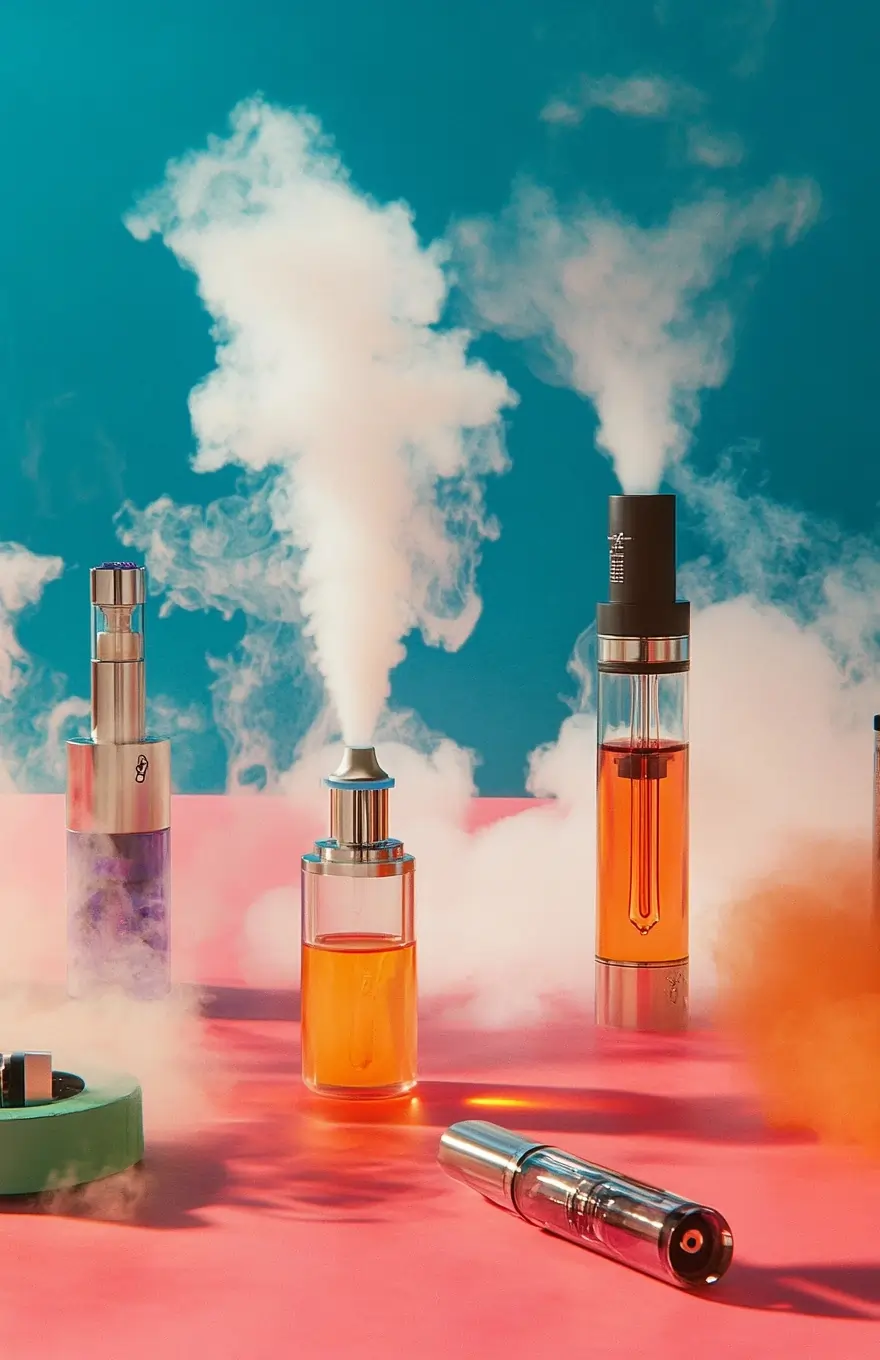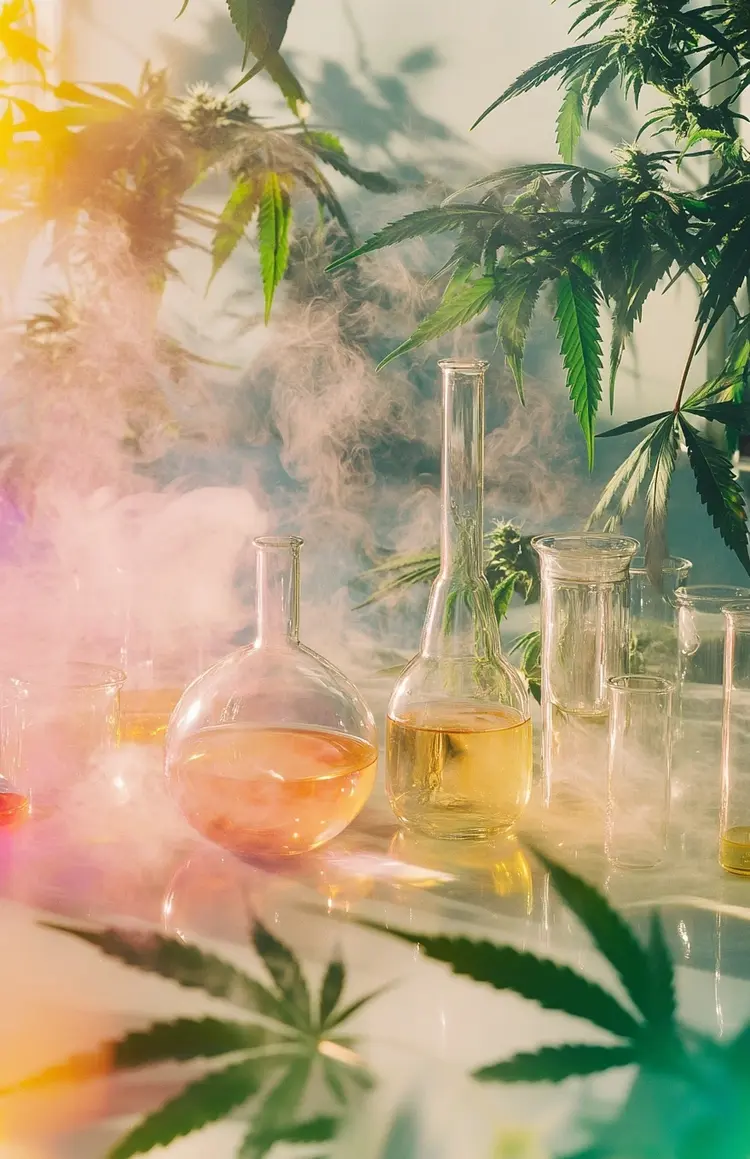

It seems like there are more and more products being made from hemp. These include hemp clothing, oils, lotions, and so much more. But there is occasionally some confusion about what hemp is and what compounds it consists of. Does hemp have CBD, or does it have THC? What is the difference between CBD and THC? And how much THC is in hemp?
CBD and THC both originate from the same plant, but both have different qualities and legalities. In this article, we will define hemp, the benefits of hemp, how much THC is present in hemp, the effects of THC, and the differences between CBD and THC.
![How Much THC Is in Hemp? [THC vs. CBD Explained] 1 hemp](https://hollyweedcbd.com/wp-content/uploads/2021/05/how-much-thc-is-in-hemp-1.jpg)
Hemp contains compounds known as cannabinoids that can be used for many different purposes. There may be some misconceptions regarding what hemp is and its connection to marijuana.
The most important thing to remember is that hemp and marijuana are NOT the same thing. They are both members of the cannabis plant family, but they contain different amounts of certain compounds.
For thousands of years, hemp has been used to create:
Hemp has also been utilized for its wellness properties for countless generations. Nowadays, scientists have been able to isolate which compounds in the cannabis family provide soothing relief and which ones cause an intoxicating “high.” The two most popular compounds are CBD and THC, which we’ll take a closer look at in the next section.
CBD products are made from hemp, not marijuana. The increased production of hemp-derived products has created a range of beneficial products, such as CBD lotions, oils, lip balms, dog treats, gummies, and many more.
Hemp contains three primary things:
Cannabinoids are compounds like cannabidiol (CBD) and tetrahydrocannabinol (THC). Terpenes influence a plant’s taste and smell. Flavonoids are responsible for the hemp plant’s color.
The 2018 Farm Bill legalized hemp. The Farb Bill states that federally legal hemp must contain less than 0.3% THC. A cannabis plant with more than 0.3% THC is labeled marijuana, which is federally illegal.
Because of the low THC levels in hemp plants (0.3% or less), CBD products should not result in any psychoactive effects. CBD and THC get most of the attention, but there are over 100 cannabinoids in hemp.
Cannabinoids play an important role when they interact with the body’s endocannabinoid system (ECS). The ECS helps the body’s homeostasis (internal balance) by regulating functions such as sleep, appetite, mood, and more.
There are many benefits related to hemp. Whether you are using hemp lotions, oils, flowers, or any other product, you may experience the following benefits:
Hemp fibers can be used to create countless items, but the compounds inside are where things get really interesting. Hemp-based vitamins can be a great source of antioxidants and improve overall body functions related to mood, appetite, and joint issues.
Other hemp-based products such as balms and lotions are great to tackle skin irritation or muscle discomfort. These topical products interact with receptors underneath the skin. This interaction triggers soothing and calming effects wherever you rub the lotion, balm, salve, or gel.
![How Much THC Is in Hemp? [THC vs. CBD Explained] 3 buds](https://hollyweedcbd.com/wp-content/uploads/2021/05/Untitled-design-5.jpg)
In safe, responsibly grown hemp that follows the guidelines of the 2018 Farm Bill, there is no more than 0.3% THC in hemp. When enjoying hemp products, you don’t want to be caught off-guard by the adverse effects of high THC amounts. But how can you know how much THC is in your hemp?
The best way to ensure your hemp-derived product doesn’t contain more than this amount is by purchasing American hemp. Imported crops aren’t always grown under the same regulations that the Food and Drug Administration has set to keep you safe.
It is also important to research and understand your state’s laws regarding CBD usage before making any purchases. If possible, we recommend buying products with third-party lab testing. We’ll talk more about lab testing when we take a look at whether there is THC in CBD products.
With all this legal talk and percentages, it would be helpful to know exactly what THC is. As we mentioned, it stands for tetrahydrocannabinol, but who has time to say that? The cannabinoid is found in resin secreted by the glands of the hemp plant.
THC was discovered in 1964, but people have enjoyed its properties for the past 5,000 years (at least)! THC can be fun, but it can also come with effects that many people aren’t looking for. Before we examine its effects, let’s talk legality.
THC’s adverse effects don’t kick in until a large amount of it is ingested. This is why the 2018 Farm Bill allows 0.3% THC to be in hemp crops. In low amounts, THC works with the other many other cannabinoids to promote clear-headed, nonintoxicating effects.
So, before purchasing any hemp products, it is essential to double-check the THC amount. Responsible manufacturers have plenty of safeguards to ensure you experience only the best effects with none of the unwanted ones. Speaking of THC’s effects, what are they?
Low levels of THC can boost CBD’s nonintoxicating benefits. This can result in mental and physical relaxation, boosted focus, and soothing relief for aches and discomfort. When large amounts of THC are ingested, the effects can include:
THC is a bit like alcohol in this sense. A little can loosen you up and calm your mind, but too much can have a negative outcome. Fortunately, when trace amounts of THC are paired with CBD, the unwanted effects are limited. This is because CBD “blocks” much of the THC from binding directly to your ECS receptors.
You may be wondering why manufacturers bother to keep any THC in their hemp-derived products. While you aren’t likely to find much THC in clothes or shoes made from hemp fiber, the 0.3% rule is much more important when it comes to CBD products.
![How Much THC Is in Hemp? [THC vs. CBD Explained] 5 trichomes](https://hollyweedcbd.com/wp-content/uploads/2021/05/Untitled-design1-4.jpg)
There is THC in some CBD products, but not all of them. CBD products are split into three categories:
THC is only in full spectrum CBD products, and there should never be more than 0.3%. As previously mentioned, buying CBD sourced from American hemp is one of the best ways to ensure the THC levels stay low.
Another method for ensuring your CBD doesn’t contain more THC than the legal limit is to ask the manufacturer for a Certificate of Analysis (COA). The best companies send all their products to a third-party lab for testing. If the lab determines that the product’s label matches what’s inside, they give the company a COA.
The COA details all the cannabinoids inside the product, as well as their amounts. If a business can’t supply you with a COA for the CBD product you wish to purchase, it’s best to avoid that seller. Cheef Botanicals makes sure every product we offer is third-party lab tested.
Some CBD products contain trace amounts of THC for the entourage effect. This effect occurs when all the hemp compounds work together, and their synergy boosts CBD’s effectiveness. The entourage effect is strongest when trace amounts of THC are in the mix. And you can rest assured that you won’t feel any wanted effects when THC levels are below 0.3%!
At Cheef Botanicals, we provide a wide variety of CBD products that have been third-party tested, use 100% natural ingredients, and won’t get you high.
Whether you are new to CBD and its many benefits or have enjoyed it for a long time, it’s important to know the amount of THC in hemp. Now that you have all the facts, you’re ready to make a safe and informed purchase!